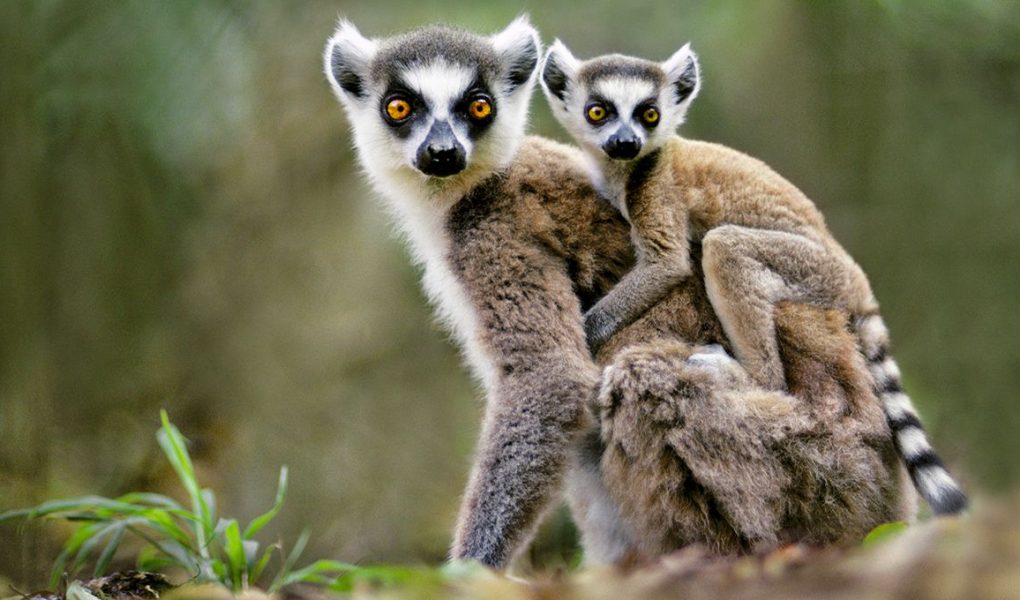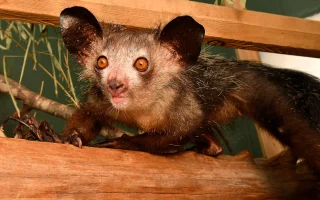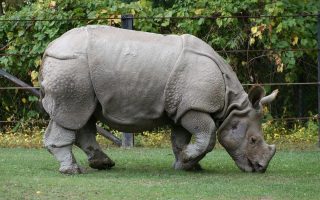lareddepathways.com – Lemurs are some of the most fascinating and unique primates in the world, found only on the island of Madagascar and a few smaller surrounding islands. Known for their large eyes, long tails, and social behavior, lemurs have captivated scientists and nature enthusiasts alike. As part of the lemuriformes group, they are part of a suborder of primates called Strepsirrhini, distinguished by their more primitive features compared to other primates. This article explores the characteristics, behavior, and conservation of lemurs, shedding light on their important role in the ecosystems of Madagascar.
1. What is a Lemur?
A lemur is a type of primate endemic to Madagascar and some nearby islands, belonging to the family Lemuridae. Lemurs are members of the suborder Strepsirrhini, which also includes other primitive primates like galagos and lorises. They are known for their distinct features, such as their large eyes, long tails, and specialized sense of smell. Lemurs vary in size, from the tiny mouse lemur, which weighs only about 30 grams, to the larger indri, which can weigh up to 4.5 kilograms.
Lemurs are primarily arboreal, spending most of their lives in trees, though some species are terrestrial. They are also social animals, living in groups and exhibiting complex social behaviors. Due to their isolation on Madagascar for millions of years, lemurs have evolved in unique ways, with a wide range of adaptations suited to the island’s diverse environments.
2. Physical Characteristics of Lemurs
Lemurs exhibit a wide range of physical characteristics depending on the species, but some features are common across most lemurs:
- Large Eyes: Lemurs are known for their large, round eyes, which provide them with excellent vision, especially at night. These eyes help lemurs navigate the forests in low-light conditions, as many lemur species are nocturnal or crepuscular.
- Long Tails: Most lemurs have long, bushy tails that help with balance when leaping and climbing between trees. Some lemurs, like the ring-tailed lemur, use their tails for communication within the group.
- Specialized Sense of Smell: Unlike many primates, lemurs rely heavily on their sense of smell to communicate and find food. They use scent glands located on their wrists, chins, and other parts of their bodies to mark territory and communicate with others.
- Hands and Feet: Lemurs have adapted to an arboreal lifestyle with specialized hands and feet. Most species have a combination of opposable thumbs and toes that allow them to grasp branches and manipulate food with great dexterity.
Lemurs vary in size, from the tiny mouse lemur (about the size of a mouse) to the much larger indri, which can be the size of a house cat. They come in various colors and fur patterns, including gray, brown, and black, often with striking facial markings.
3. Types of Lemurs: Diversity and Adaptations
Lemurs are incredibly diverse, with around 100 species and subspecies currently recognized. These species differ greatly in size, behavior, diet, and habitat preferences. The diversity of lemurs can be broadly categorized into two groups: large lemurs and small lemurs.
- Large Lemurs: These include species like the Indri and the Sifakas. Indri lemurs are one of the largest lemurs, known for their loud calls and complex social structure. Sifakas are famous for their unique method of locomotion, leaping between trees in a series of graceful, bipedal hops.
- Small Lemurs: On the opposite end of the spectrum are the mouse lemurs and the fat-tailed lemur. These small lemurs are often nocturnal and live in the understory of Madagascar’s forests. The mouse lemur, for example, is one of the smallest primates in the world.
Other notable lemur species include the ring-tailed lemur, which is one of the most recognizable species due to its iconic tail, and the aye-aye, which is a nocturnal lemur known for its unusual method of finding food by tapping on tree bark with its elongated middle finger.
4. Lemur Behavior and Social Structure
Lemurs are highly social animals, living in groups that can range from a few individuals to over 20 members, depending on the species. The size of a group is typically determined by the availability of food and the species’ specific needs. Social behaviors in lemur groups are diverse and complex:
- Social Bonding: Lemurs engage in a variety of social activities, including grooming, playing, and communicating with one another. Grooming is a common behavior among lemurs, helping to strengthen bonds within the group.
- Communication: Lemurs communicate using a combination of vocalizations, scent-marking, and body language. Some species, like the indri, have loud, eerie calls that echo through the forest, while others use more subtle signals, like tail postures or scent glands, to convey information.
- Hierarchy: In some lemur species, such as the ring-tailed lemur, there is a clear social hierarchy, with dominant individuals having access to the best resources, including food and mates. In other species, like the aye-aye, social structures may be more fluid.
Lemur groups are usually matriarchal, meaning that females tend to hold the dominant positions within their troops. This is especially true for species like the ring-tailed lemur, where females often lead and protect the group, while males follow in rank.
5. Lemur Diet and Feeding Habits
Lemurs are primarily frugivores (fruit eaters), though many species also include leaves, flowers, nectar, and insects in their diets. Their specific diet varies according to their size, habitat, and species.
- Fruit: Many lemur species are heavily dependent on fruits, which are abundant in Madagascar’s forests. They are skilled at foraging for ripe fruit, using their sharp sense of smell and excellent vision to locate food.
- Leaves and Flowers: Larger lemurs, such as the indri, may rely more on leaves and flowers as a significant part of their diet. They have specialized digestive systems that help them break down tough plant material.
- Insects and Other Small Animals: Some smaller lemurs, such as the mouse lemur, consume insects, small vertebrates, and even bird eggs. These species are generally nocturnal and hunt for food during the night.
Lemurs often face food shortages during certain seasons when fruit is less abundant. To survive these periods, they rely on their adaptability and ability to switch to different food sources, such as leaves or tree sap.
6. Lemur Conservation Status
Many lemur species are endangered or critically endangered, primarily due to habitat loss, hunting, and the introduction of non-native predators such as rats and cats. Madagascar’s forests are rapidly being destroyed for agricultural development, logging, and mining, putting pressure on the lemur populations.
As of recent assessments, over 90% of lemur species are listed as threatened on the International Union for Conservation of Nature (IUCN) Red List. The ring-tailed lemur and the aye-aye are among the species facing the greatest conservation challenges. Efforts are underway to protect lemurs and their habitats through national parks, wildlife reserves, and captive breeding programs.
7. Fun Facts About Lemurs
- The Aye-Aye’s Finger: The aye-aye uses its elongated middle finger to tap on tree bark and locate insects hiding inside. This unusual behavior is known as percussive foraging.
- Ring-Tailed Lemur Social Bonds: Ring-tailed lemurs have complex social structures, with females often holding dominant positions over males.
- Indri’s Calls: The indri has one of the loudest calls of any lemur, which can be heard over 2 kilometers (1.2 miles) away!
8. Conclusion
Lemurs are remarkable and highly unique creatures, offering a fascinating glimpse into the evolutionary history of primates. With their distinct physical features, social structures, and behaviors, lemurs have become symbols of Madagascar’s rich biodiversity. However, their continued survival is under threat, and urgent conservation efforts are necessary to protect these incredible animals and their habitats. By raising awareness about the plight of lemurs, we can help ensure that future generations will have the opportunity to experience these extraordinary creatures in the wild.




